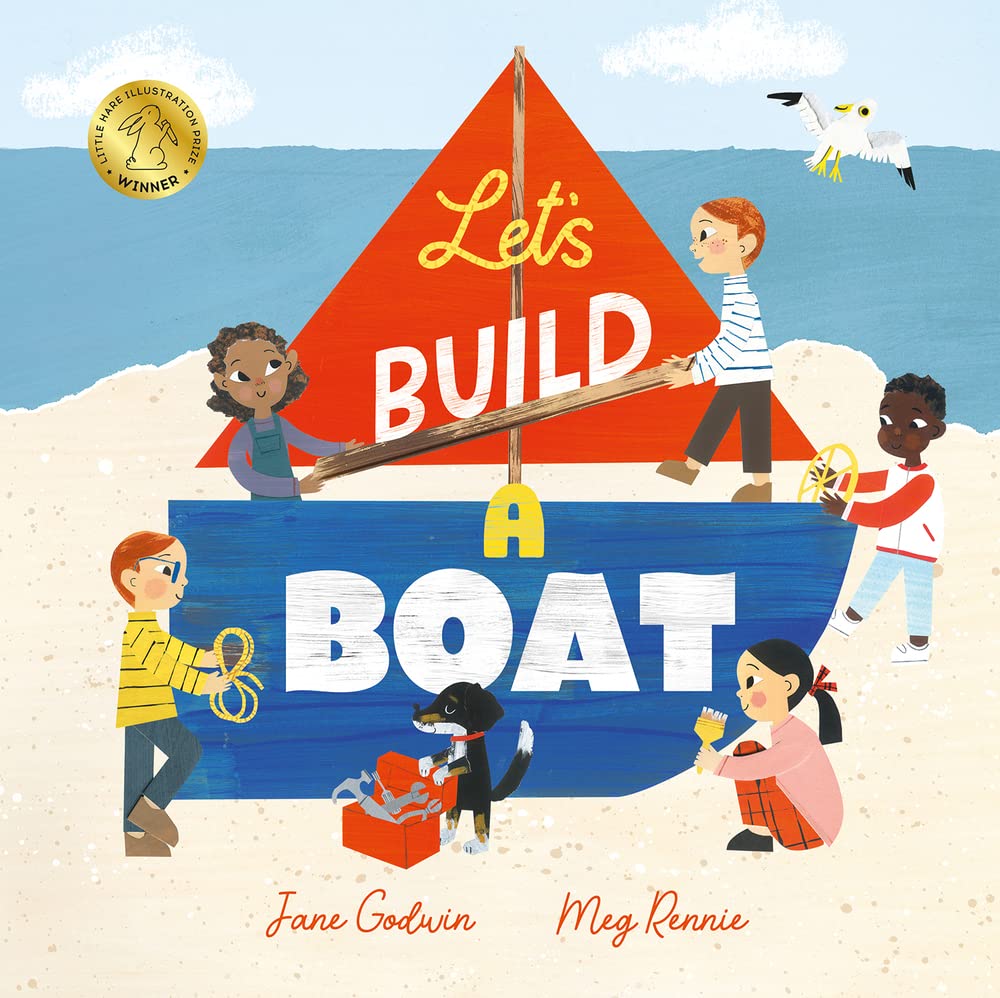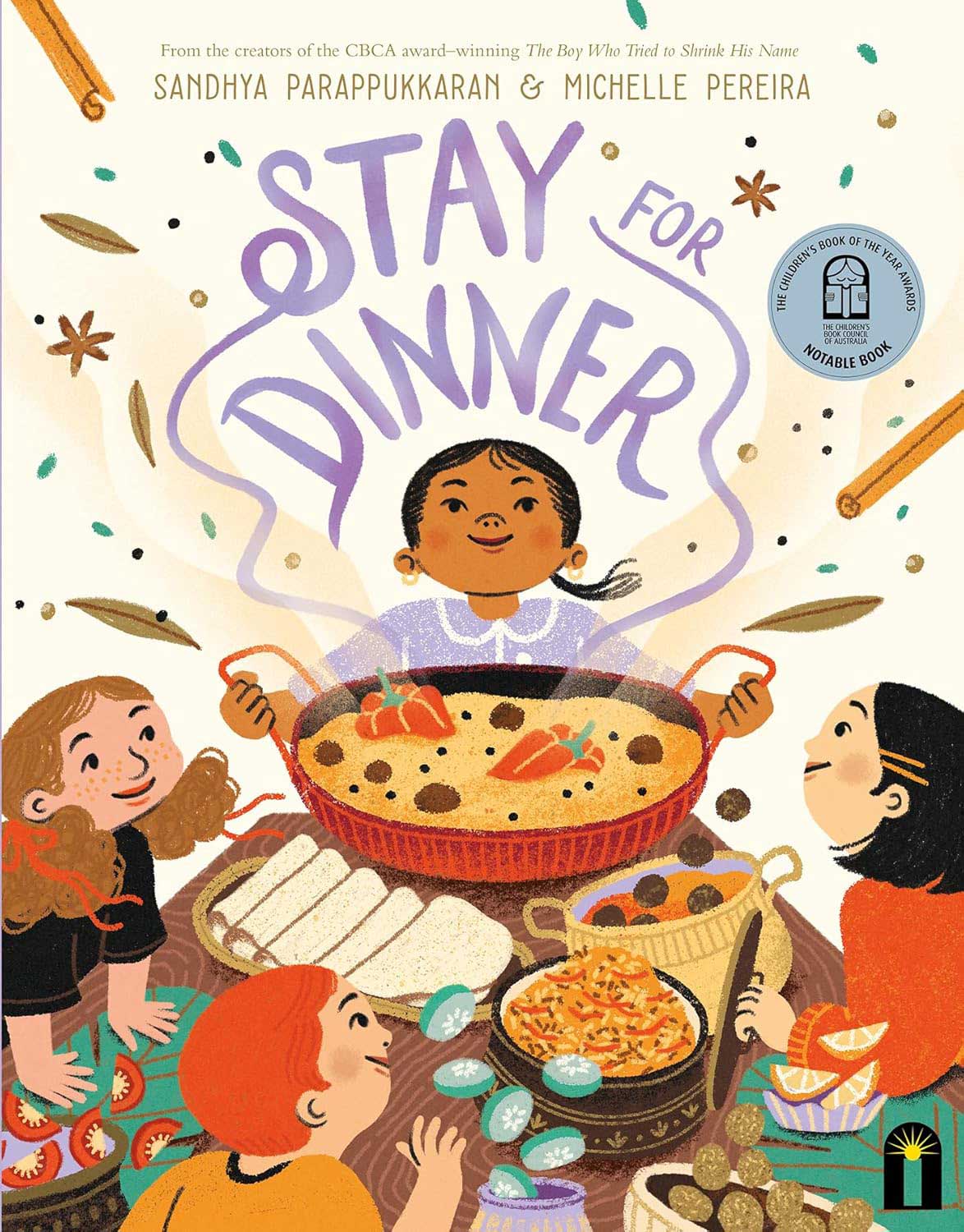AC9HP2P03
Health and Physical Education | Year 1,Year 2
Identify how different situations influence emotional responses
Elaborations
• recognising own emotions and demonstrating ways to manage how they express their emotions in different situations
• exploring self-regulation strategies to manage emotional responses
• identifying situations that may trigger strong emotional responses in themselves and others, and recognising the impact the responses can have on others
• identifying how someone might feel, think and act during an emergency through role-play and imaginative play
• predicting how a person or character might be feeling based on the words they use, their facial expressions and body language
• recognising how self and others are feeling in a range of situations
Expand | Collapse Search filter
-
The Shouting Girl: L2 Making Predictions
📔 The Shouting Girl by Steven Huynh• We are learning to make predictions about the text.
-
The Shouting Girl – L1 Background Knowledge
📔 The Shouting Girl by Steven Huynh• We are learning to build our background knowledge to help us comprehend a text.
-
Self-Regulation Strategies from The Shouting Girl
📔 The Shouting Girl by Steven Huynh• We are learning to brainstorm self-regulation strategies for different situations.
-
The Shouting Girl Colouring
📔 The Shouting Girl by Steven Huynh• Children are learning about safe spaces
• Children colour in the sheets. -
The Shouting Girl
Written by Steven Huynh
Illustrated by Gehenna Pham
Published by Steven De GC
Theme/topic: Emotional regulation, Emotions, Inclusion, Poem, and Producing
Suggested learning area: AC9E1LA04 (English Language and Literacy – Year 1) AC9E2LE03 (English Language and Literacy – Year 2) AC9E2LE04 (English Language and Literacy – Year 2) AC9HP2P01 (Health and Physical Education – Year 1,Year 2) AC9HP2P02 (Health and Physical Education – Year 1,Year 2) AC9HP2P03 (Health and Physical Education – Year 1,Year 2) AC9HP2P05 (Health and Physical Education – Year 1,Year 2) AC9HPFP02 (Health and Physical Education – Foundation) AC9HPFP03 (Health and Physical Education – Foundation) AC9TDE2K01 (Design and Technologies – Year 1,Year 2) AC9TDEFK01 (Design and Technologies – Foundation)The poem follows a young girl who struggles to express herself calmly, often shouting when she feels frustrated or unheard. Through her journey, she learns to recognise and understand her emotions (AC9HPFP03, AC9HP2P03 – Foundation to Year 2, Health and Physical Education) and works to develop positive strategies for expressing her thoughts and feelings in respectful ways (AC9HPFP02, AC9HP2P02 – Foundation to Year 2, Health and Physical Education).
The story also encourages children to explore characters’ perspectives and emotional responses, fostering empathy (AC9HP2P01 – Health and Physical Education, Years 1 and 2). It helps them define safe and unsafe environments through interactions with friends in a classroom, establishing help-seeking strategies in such situations (AC9HP2P05 – Health and Physical Education, Years 1 and 2). Additionally, the book highlights how environments, such as a calm corner or designated green boxes, can be designed to support emotional regulation and meet classroom needs (AC9TDEFK01, AC9TDE2K01 – Foundation to Year 2, Design and Technologies).
With its poetic language and engaging illustrations, The Shouting Girl helps students understand how rhyme and rhythm create cohesion in poems. It also explores how words and images shape settings and characters, along with other literary features such as lists of three and similes.
AC9E1LA04 (English Language and Literacy – Year 1) AC9E2LE03 (English Language and Literacy – Year 2) AC9E2LE04 (English Language and Literacy – Year 2) AC9HP2P01 (Health and Physical Education – Year 1,Year 2) AC9HP2P02 (Health and Physical Education – Year 1,Year 2) AC9HP2P03 (Health and Physical Education – Year 1,Year 2) AC9HP2P05 (Health and Physical Education – Year 1,Year 2) AC9HPFP02 (Health and Physical Education – Foundation) AC9HPFP03 (Health and Physical Education – Foundation) AC9TDE2K01 (Design and Technologies – Year 1,Year 2) AC9TDEFK01 (Design and Technologies – Foundation)[T4R] Stay For Dinner Reading Unit for Year 2
📔 Stay For Dinner by Sandhya ParappukkaranAC9E2LA02 (English Language and Literacy)AC9E2LA03 (English Language and Literacy)AC9E2LA08 (English Language and Literacy)AC9E2LA09 (English Language and Literacy)AC9E2LE02 (English Language and Literacy)AC9E2LE03 (English Language and Literacy)AC9E2LY02 (English Language and Literacy)AC9E2LY04 (English Language and Literacy)AC9E2LY05 (English Language and Literacy)AC9E2LY06 (English Language and Literacy)AC9E2LY07 (English Language and Literacy)AC9HP2P01 (Health and Physical Education)AC9HP2P02 (Health and Physical Education)AC9HP2P03 (Health and Physical Education)[T4R] Stay For Dinner: L7 Cultural Respect
📔 Stay For Dinner by Sandhya Parappukkaran• We are learning to look deeper into the images of the story.
Let’s Build A Boat
Written by Jane Godwin
Illustrated by Meg Rennie
Published by Little Hare Books
Theme/topic: Colaborating, Evaluating (design), Friendship, Narrative, Persistence, Producing, Rhyme, and Teamwork
Suggested learning area: AC9HP2P01 (Health and Physical Education – Year 1,Year 2) AC9HP2P03 (Health and Physical Education – Year 1,Year 2) AC9TDE2P01 (Design and Technologies – Year 1,Year 2) AC9TDE2P02 (Design and Technologies – Year 1,Year 2) AC9TDE2P03 (Design and Technologies – Year 1,Year 2) AC9TDE2P04 (Design and Technologies – Year 1,Year 2)This inspiring picture book celebrates teamwork, creativity, and determination. As a group of children come together to build a boat for their picnic on an island, the story naturally lends itself to discussions about the purpose of a boat in general and context of the text (AC9TDE2K01 – Years 1 and 2, Design and Technologies). The story also highlights the importance of preparation before they begin (AC9TDE2P01 – Years 1 and 2, Design and Technologies), innovation and problem-solving when they face the challenge at sea (AC9TDE2P03 – Years 1 and 2, Design and Technologies).
Throughout their journey, they experience challenges and moments of joy, allowing students to reflect on how they manage emotions in different situations (AC9HP2P03 – Years 1 and 2, Health and Physical Education). The story also supports children in understanding how teamwork, resilience, and problem-solving help them to achieve shared goals (AC9HP2P01 – Years 1 and 2, Health and Physical Education).
Let’s Build a Boat is a perfect launchpad for hands-on STEM or creative projects, as well as social-emotional learning discussions around collaboration, effort, and celebrating differences.
AC9HP2P01 (Health and Physical Education – Year 1,Year 2) AC9HP2P03 (Health and Physical Education – Year 1,Year 2) AC9TDE2P01 (Design and Technologies – Year 1,Year 2) AC9TDE2P02 (Design and Technologies – Year 1,Year 2) AC9TDE2P03 (Design and Technologies – Year 1,Year 2) AC9TDE2P04 (Design and Technologies – Year 1,Year 2)Stay For Dinner
Written by Sandhya Parappukkaran
Illustrated by Michelle Pereira
Published by Bright Light
Theme/topic: Action words, Health and Physical Education, and Narrative
Suggested learning area: AC9HP2P01 (Health and Physical Education – Year 1,Year 2) AC9HP2P02 (Health and Physical Education – Year 1,Year 2) AC9HP2P03 (Health and Physical Education – Year 1,Year 2)Stay for Dinner by Sandhya Parappukkaran is a vibrant celebration of cultural diversity and the connections made through shared meals. The story centres on a family preparing a special dinner for their child’s friends, offering a glimpse into various mealtime customs and table manners (AC9HP2P01 – Years 1 and 2, Health and Physical Education). Through the lens of this dinner, the book explores the emotional responses and questions that arise from cultural traditions (AC9HP2P03 – Years 1 and 2, Health and Physical Education), encouraging children to embrace diversity and appreciate the richness of different cultural backgrounds (AC9HP2P02 – Years 1 and 2, Health and Physical Education).
The narrative is brought to life with vivid sound and imagery words such as “squish,” “splash,” “slice,” and “prong,” capturing the sensory experience of the meal. Culinary terms like “papadum,” “sadhya,” and “dumpling” add authenticity and depth, inviting readers into the world of diverse cuisines. As the main character reflects on her and her friends’ mealtime experiences, the story underscores the importance of understanding and respecting different customs, fostering a sense of togetherness and mutual respect.
With its rich illustrations and heartwarming themes, Stay for Dinner inspires children to find joy in sharing meals and traditions, highlighting the value of friendship and cultural appreciation.



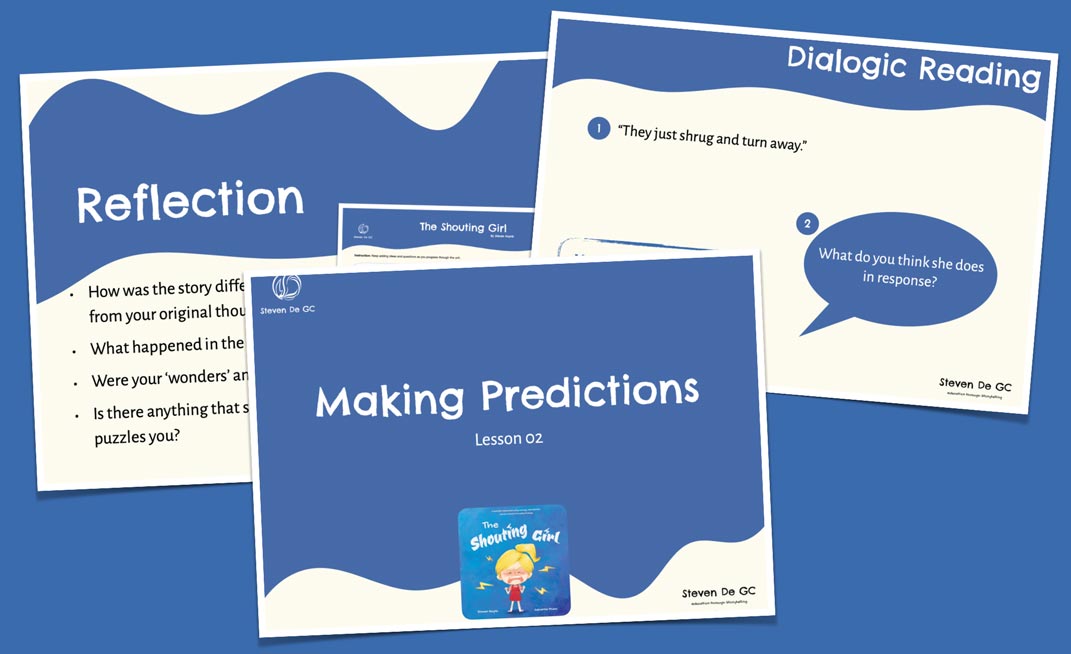
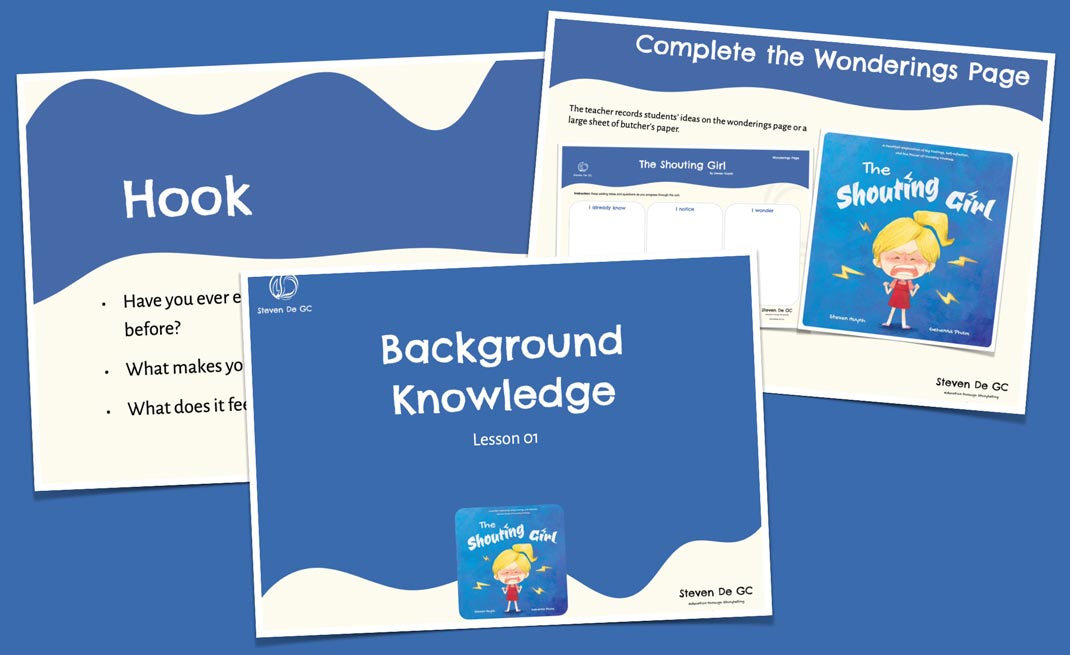
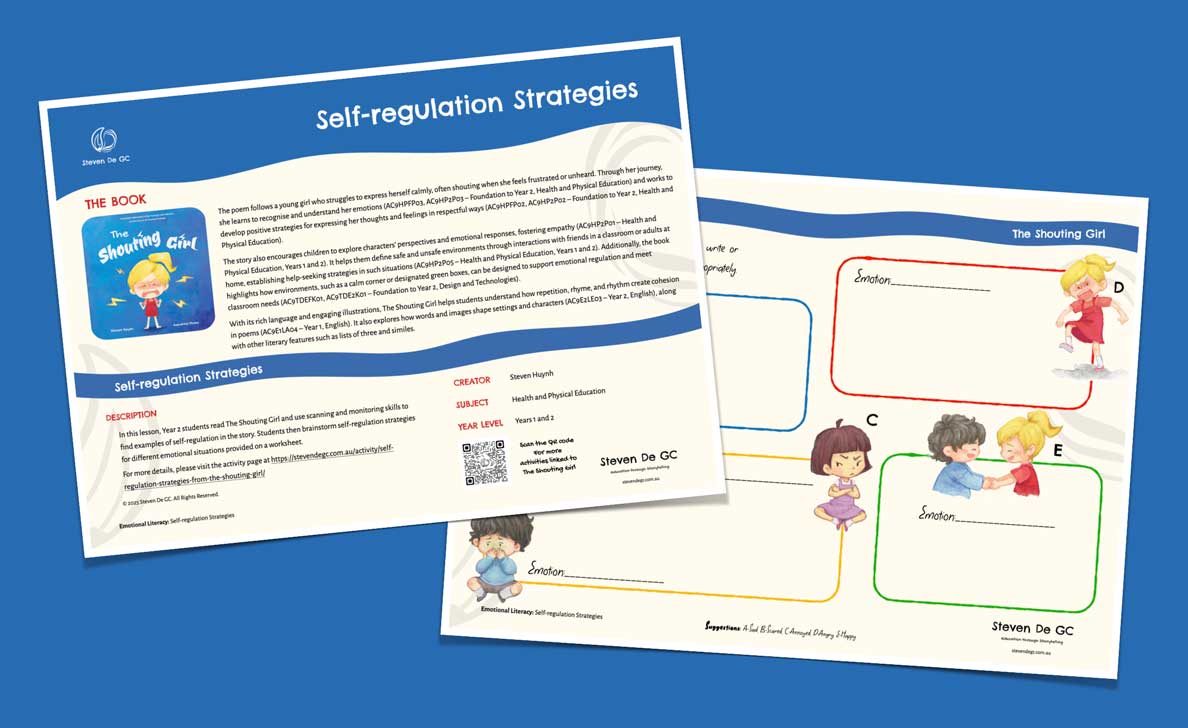
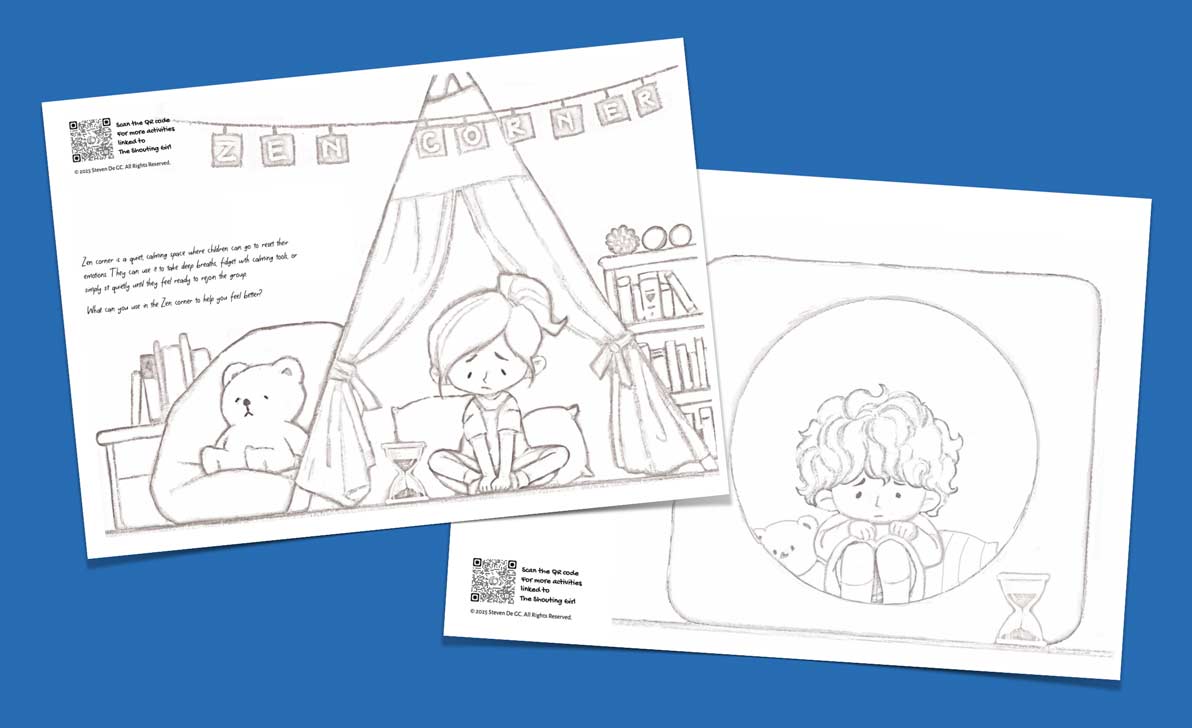

![[T4R] Stay For Dinner Reading Unit for Year 2](https://stevendegc.com.au/wp-content/uploads/2025/02/T4R-Stay-For-Dinner-UnitOverviewCover.jpg)
![[T4R] Stay For Dinner: L7 Cultural Respect](https://stevendegc.com.au/wp-content/uploads/2025/02/T4R-Stay-For-Dinner-L7-Cover.jpg)
